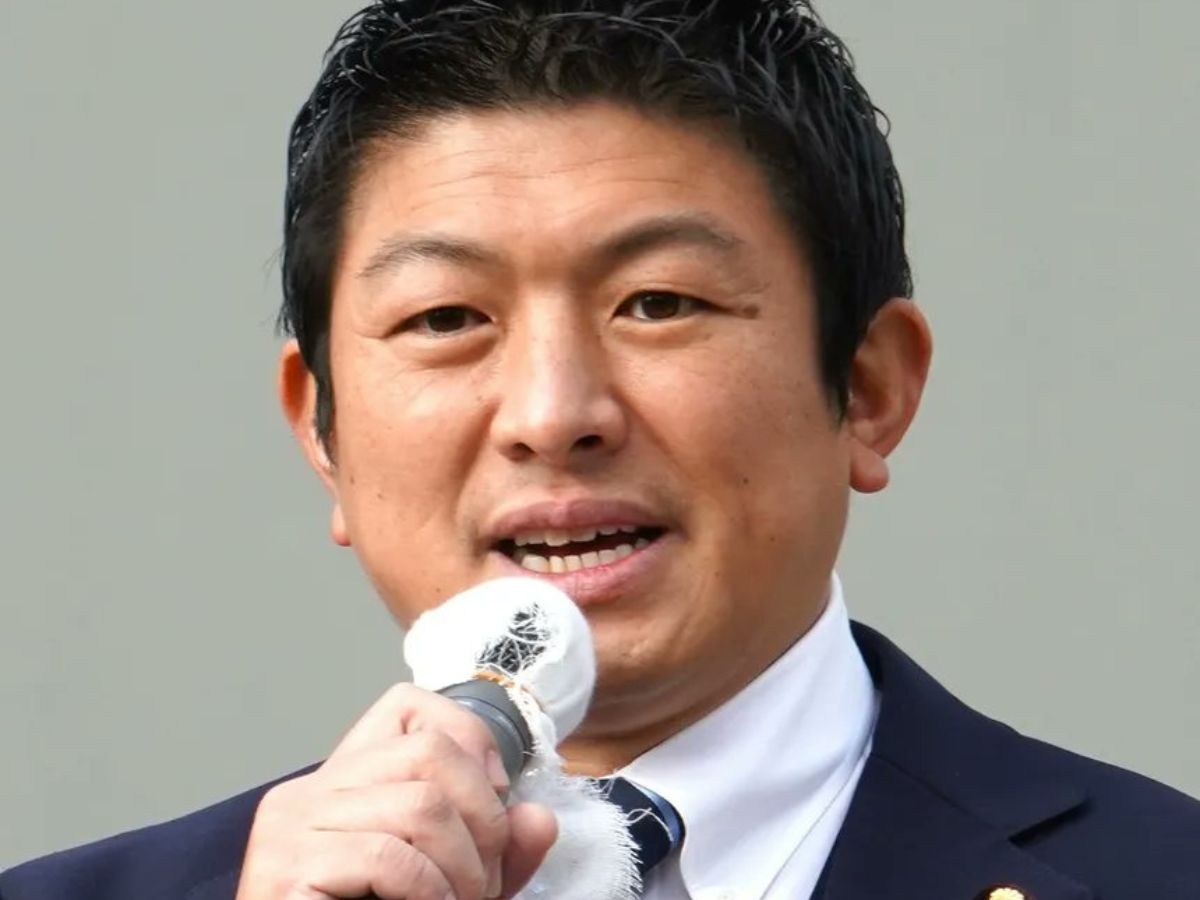Japan’s far-right Sanseito party has emerged as a political force after securing a record number of seats in the recent upper-house elections, dealing a blow to the ruling Liberal Democratic Party (LDP).
Foundation of Japan’s far-right Sanseito party
The party was founded in 2020, Sanseito, which means “Third Voice”, evolved from a YouTube political experiment co-created by party leader Sohei Kamiya. Initially gaining traction through pandemic-related conspiracy theories and vaccine scepticism, the party capitalised on widespread disillusionment with Japan’s political establishment. With rising inequality, stagnant wages, and an ageing population, many voters have grown frustrated with mainstream parties like the LDP and the Constitutional Democratic Party, viewing them as ineffective and corrupt.
Nationalism Under “Japanese First”
Sanseito’s rapid ascent has been powered by a populist, nationalist platform dubbed “Japanese First,” closely mirroring U.S. former President Donald Trump’s “America First” doctrine. The party has called for the creation of a new agency to regulate foreign nationals, tighter citizenship screening, and the exclusion of non-Japanese from welfare programs.
Critics argue the party has normalised xenophobic rhetoric, both during the campaign and online. Claims that foreign workers depress wages and overburden welfare programs have been widely circulated, although foreigners comprise only about 3% of Japan’s population and welfare recipients, and are legally obligated to pay taxes and social security.
Controversial Leadership and Far-Right Alliances
Party leader Sohei Kamiya, a former Self-Defence Force reservist and local assemblyman, has gained notoriety for inflammatory speeches and controversial statements. He has publicly praised Trump’s anti-globalist policies and advocated for Japan to follow similar paths, including opposition to decarbonization and diversity initiatives.
Kamiya’s rejection of gender equality, suspicion of Western medicine, and remarks about Japan’s “ethnic purity” have alarmed human rights advocates. His suggestion that the imperial family may require concubines to preserve succession – due to opposition to female-line emperors – sparked widespread criticism.
Youth-Driven Momentum and Social Media Strategy
Political analysts note Sanseito’s rise is partially fueled by younger voters connecting via social media, seeking alternatives to Japan’s entrenched political system. The party, along with the centrist Democratic Party for the People (DPP), attracted disenchanted workers and those demanding more tangible economic reforms, such as increased take-home pay.
ALSO READ: Japan Heads to Polls in Key Test for PM Shigeru Ishiba – All You Need to Know







